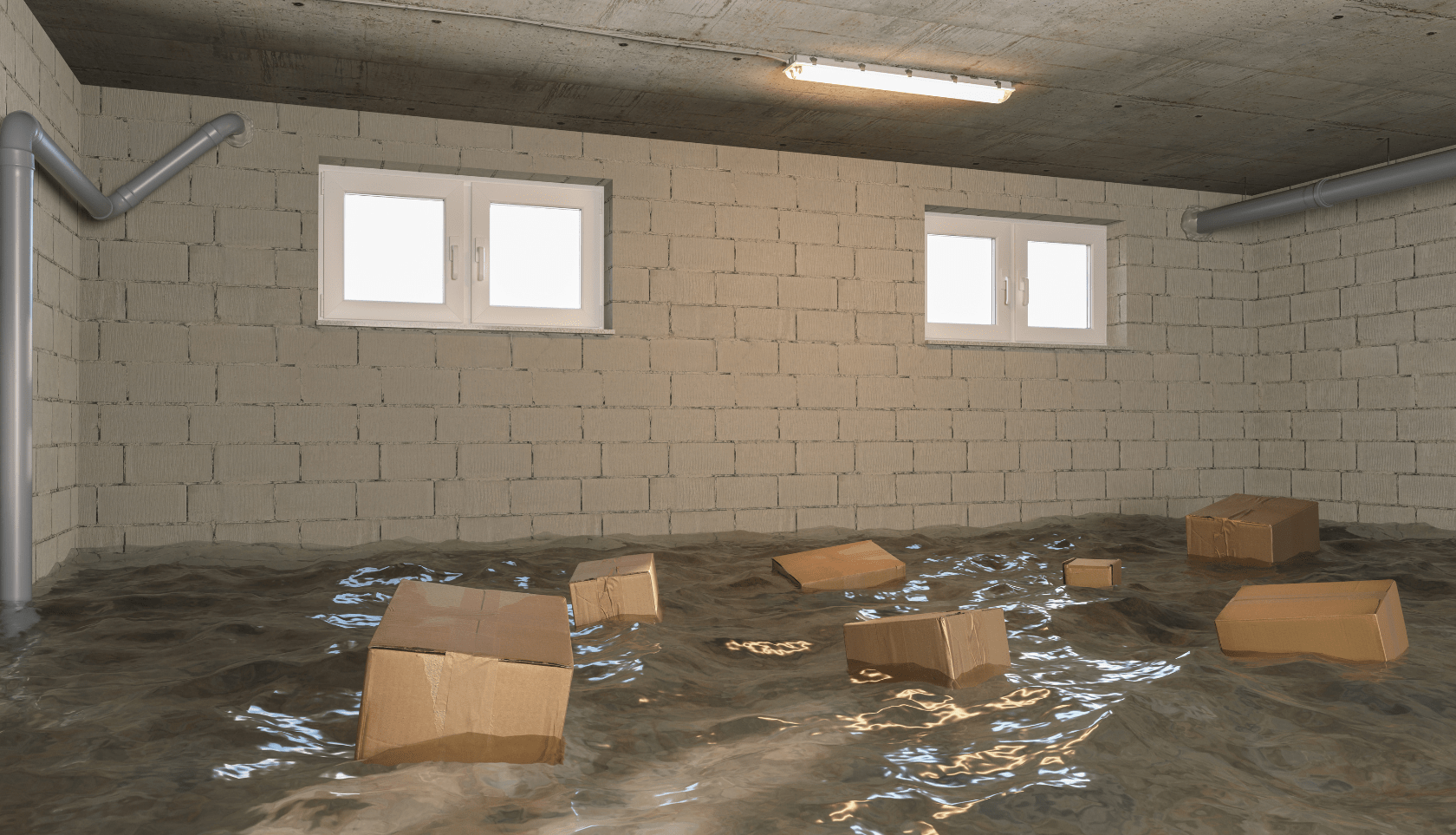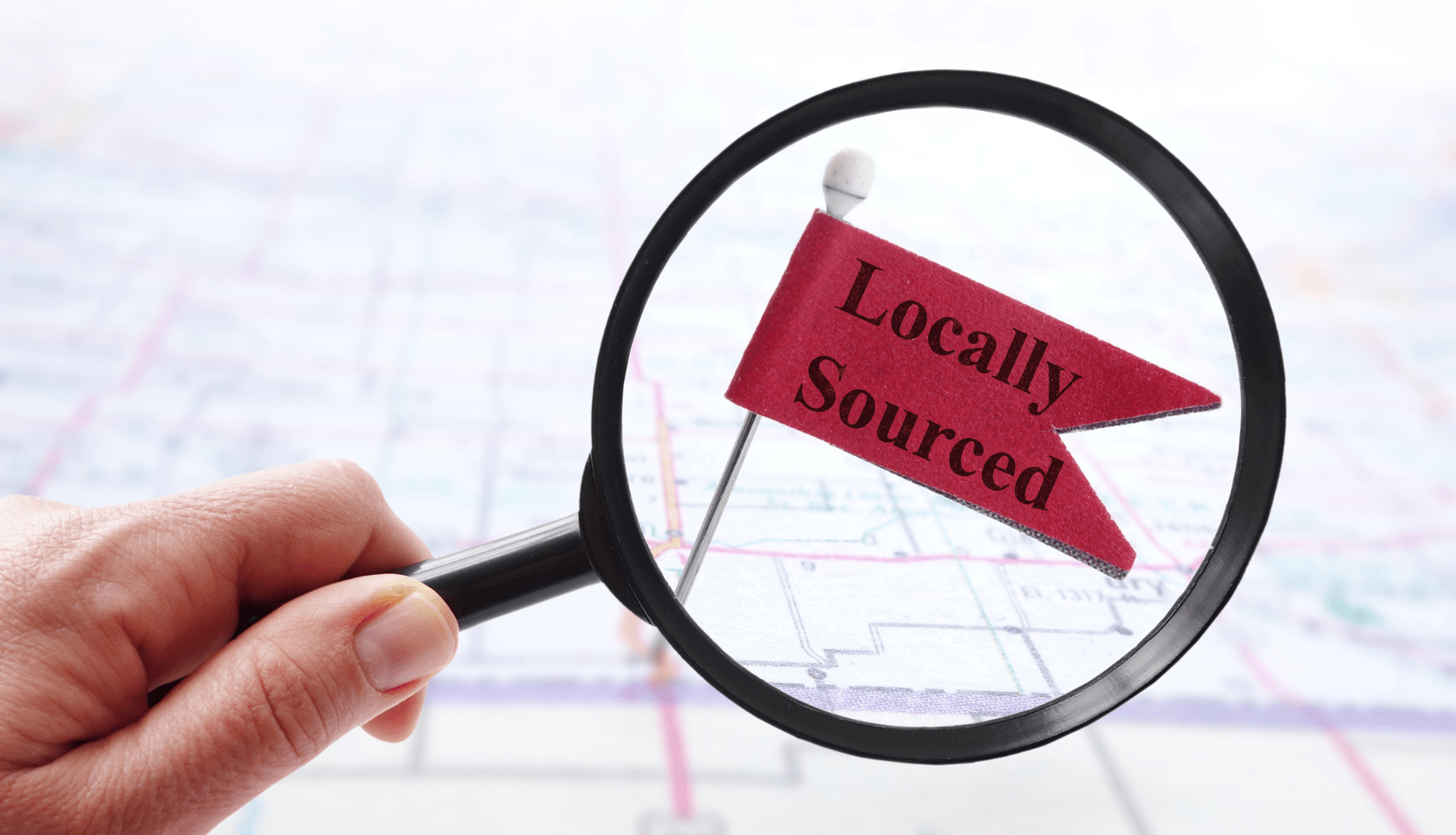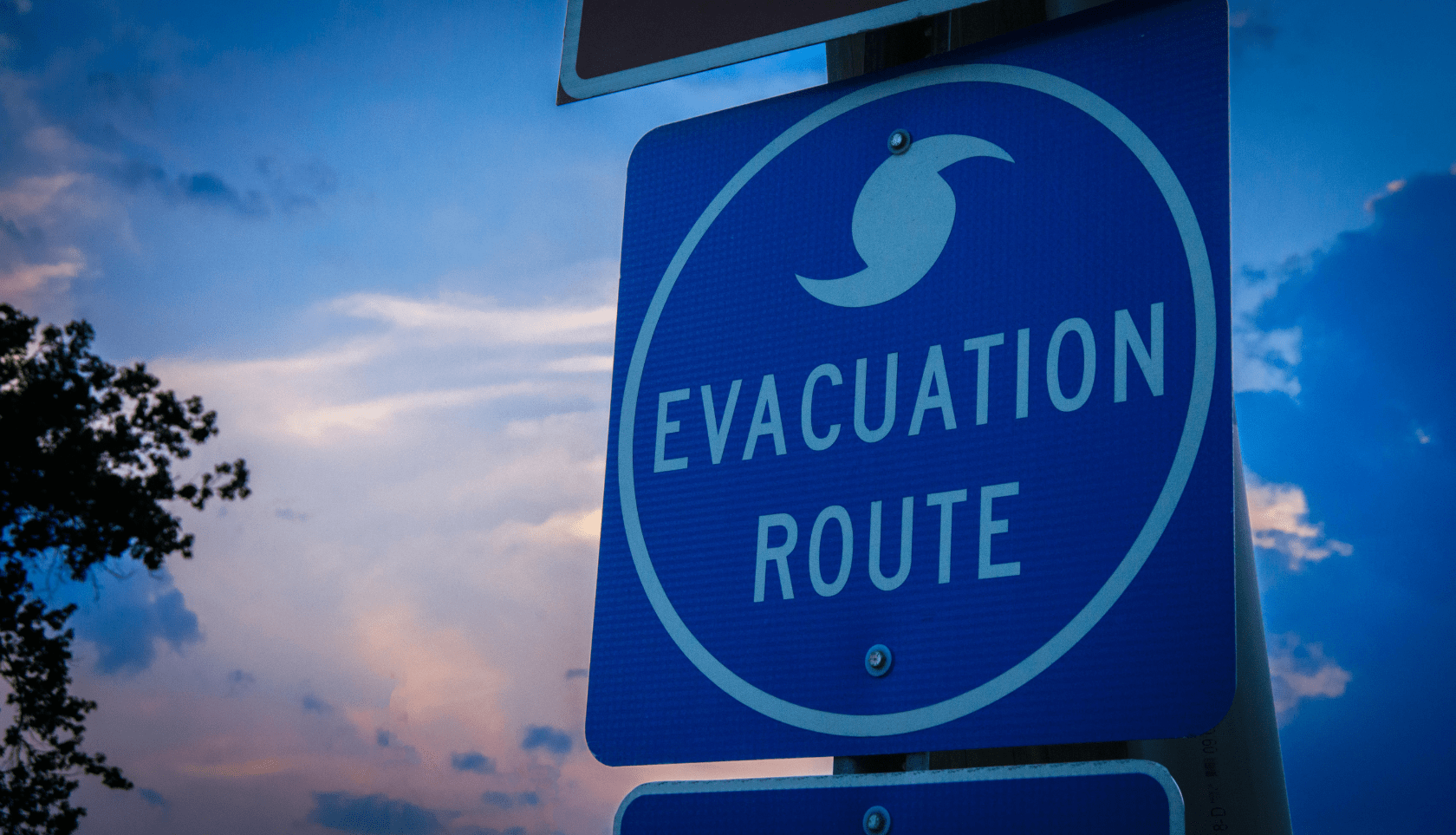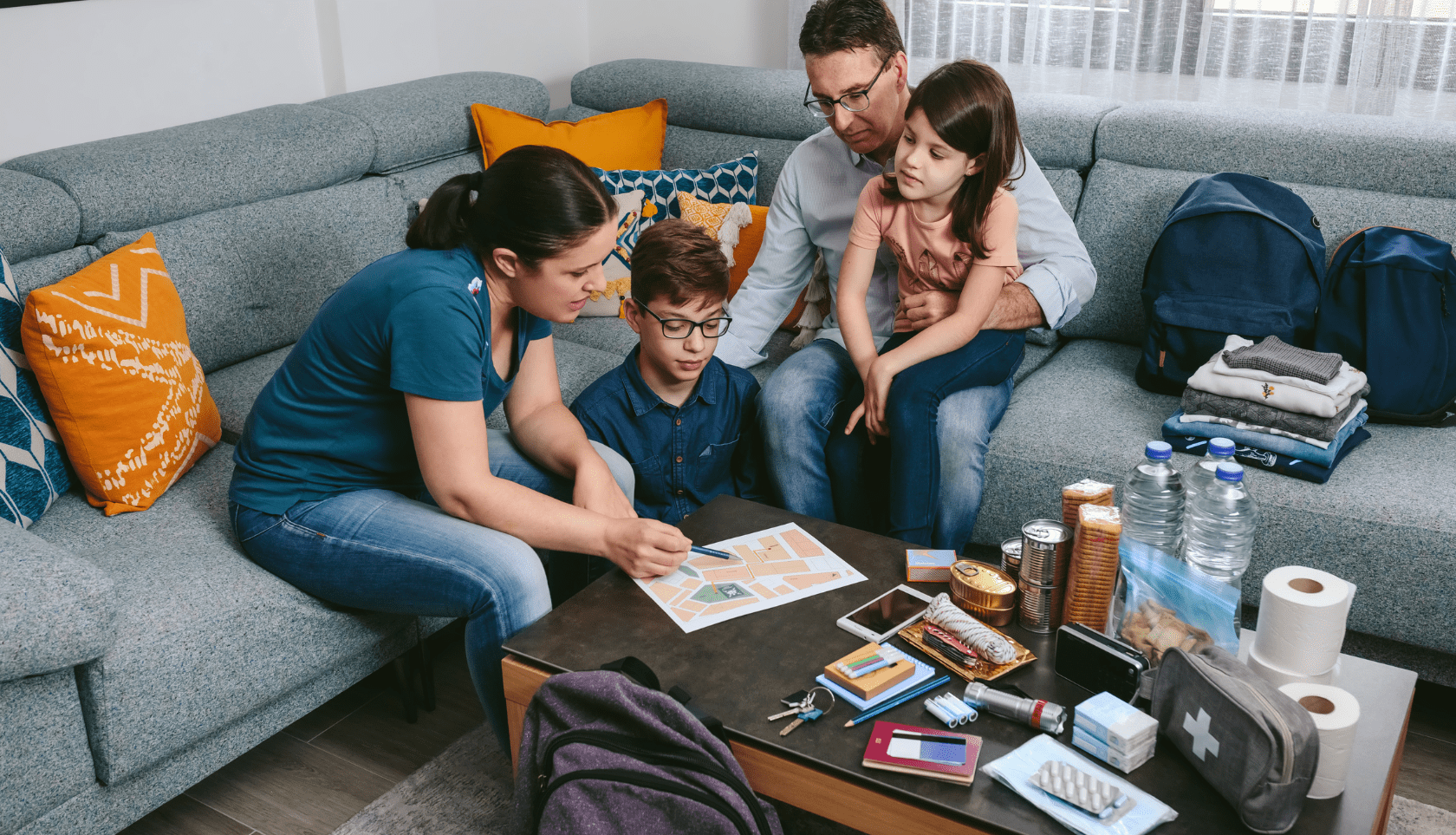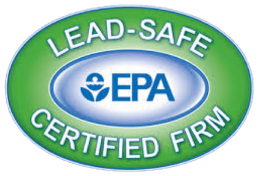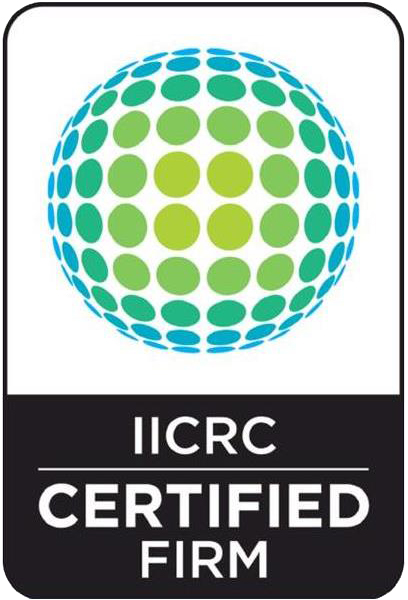We live in a world that is vulnerable to natural disasters, every household must have a well-prepared emergency plan. This is especially true regarding floods, which can be extremely destructive and life-threatening. By taking the time to understand flood risks and developing a comprehensive emergency plan, you can protect yourself and your loved ones during these challenging times. In this blog post, we will guide you through the process of creating an effective flood preparedness plan for your home.
Table of Contents
Understanding Flood Risks
Understanding the risks associated with floods will help you prepare efficiently. Get to know the certain areas in your location that are prone to flood. This will help you assess the possibility of a flood occurring near your property. There are also different types of flood and knowing them will help you tailor your response and be safer.
Also, knowing different types of floods such as riverine floods or flash floods helps you tailor your response accordingly. Moreover, understanding how flood warning systems work in your area ensures that you receive timely alerts and have enough time to take necessary precautions.
In addition, researching local flood history and patterns will give you insights into how likely flooding events are in your area. Understanding when they typically occur helps inform preparedness measures specific to those times of year.
Assessing Your Home’s Vulnerability
Once you become familiar with potential risk factors promoting floods; examining aspects making houses more susceptible would help frame actions toward community resilience development. Key considerations under evaluation must include reviewing thresholds elevation compared to body-of-water proximity.
Knowing whether your home is at risk during a flooding event should be another key consideration during planning efforts. Factors contributing to vulnerability could include living near low-lying areas prone to flooding; having basements susceptible to seepage; and residing downhill from other properties that might sustain extensive water damage leading to excess runoff. Creating awareness of these risks would be helpful before devastation occurs.
Building an Emergency Kit
When it comes to flood preparedness, having a well-stocked emergency kit is essential. This kit should contain all the necessary supplies needed for survival during and after a flood event. Plan with enough material stored for around three days in case encountering disruptions in the original dwelling location either avoid prefetching before official alert notice and deliver quantity within reasonable margin storage given some items may expire estimating financial threshold required delicate long-distance packaging transit worth reimbursement effort.
To build an emergency kit for flood preparedness and create an effective emergency plan for your home, follow these steps:
- Assess the risk: Determine if you live in a flood-prone area by checking local flood maps or consulting with local authorities.
- Create an evacuation plan: Identify safe routes to higher ground and establish meeting points outside your home or neighborhood in case family members get separated during the evacuation.
- Assemble important documents: Gather essential documents such as identification papers, insurance policies, medical records, and financial information. Keep these items in a waterproof container or digitally scan them to store them on a secure cloud service.
- Build an emergency supply kit:
- Water: Store at least one gallon of water per person per day for three days.
- Non-perishable food: Stock up on enough food that doesn’t require refrigeration or cooking for each family member (including pets) for at least three days.
- Medications and first aid supplies: Pack necessary prescription medications along with basic over-the-counter medicines like pain relievers, bandages, antiseptics, etc.
- Flashlights and extra batteries
- Battery-powered radio/NOAA weather radio
- Cell phone charger/power bank
- Extra clothing & blankets
Creating a Family Emergency Plan
Creating a family emergency communication plan for flood preparedness is essential to ensure the safety and well-being of your loved ones during this natural disaster. Floods can be sudden and unpredictable, making it crucial to have an effective emergency plan in place.
- Make sure you establish clear communication methods within the household. Choose designated individuals who will act as central points of contact during emergencies. Ensure that everyone has access to their phone or another reliable means of communication at all times.
- Identify potential evacuation routes from your home in case flooding occurs. Plan multiple exit strategies based on different scenarios and locations within your neighborhood where you could go if necessary.
- Designate a safe meeting point outside the affected area where family members can gather after evacuating. This location should be easily accessible by foot or car but far enough from flood-prone areas.
- Always include important information such as emergency contacts inside and outside your immediate area in your family’s preparedness plan so that everyone knows whom they can reach out to or for assistance when needed.
Don’t forget about pets! Include plans for their safety too – determine how they will be evacuated or sheltered during floods since many public shelters do not allow animals.
Regularly review and update the emergency plan with input from each family member so that it remains relevant and effective. Make sure everyone understands the plan and their assigned responsibilities.
Creating a Home Evacuation Plan
Creating a home evacuation plan for flood preparedness is crucial to ensure the safety of your family and property during emergencies. To develop an effective emergency plan, you need to consider several factors.
Firstly, familiarize yourself with the potential risks in your area by researching local flood patterns and understanding how they could affect your home. This knowledge will help you make informed decisions when creating your evacuation strategy.
Next, identify safe routes out of your neighborhood or town that are less likely to be affected by flooding. Plan multiple escape routes in case one becomes inaccessible during floods or if circumstances change rapidly.
It is essential to establish a meeting point outside of the flooded area where everyone can gather after evacuating from different locations within the house or surrounding areas. Ensure that this location is easily accessible and well-known by all family members.
Furthermore, create a communication plan so family members can stay connected before, during, and after a flood event when mobile networks may experience disruptions. Designate someone responsible for contacting extended family members or friends who live far away to inform them about everyone’s well-being and whereabouts. Additionally, prepare an emergency kit containing essentials such as non-perishable food items, water supplies three days’ worth per person, and important documents such as insurance policies, medications, flashlights, batteries, etc.
Protecting Important Documents and Belongings
Protecting important documents and belongings is an essential part of flood preparedness. To create an effective emergency plan for your home, it is crucial to take proactive measures to safeguard these valuable items.
- Compile all your essential documents that need protection. This includes such as passports, birth certificates, insurance policies, wills or trusts, property deeds or mortgages, financial records, medical records, and prescriptions. Also, store copies in a waterproof container or bag and keep it away from potential flood areas inside your home.
- Always consider making digital backups of these vital papers by scanning them onto a USB drive or saving them on secure cloud storage platforms. Additionally, make sure you have appropriate password protection in place for any sensitive information stored digitally.
- It would also be a good idea to use a fireproof and water-resistant safe where you can store original hard copies of important documents along with other valuables like jewelry or heirlooms. Keep this safe elevated above ground level so it doesn’t get submerged during flooding.
Staying Informed During Floods
In times of floods, staying well-informed is crucial for making timely decisions and taking appropriate actions. Tune in to weather news updates alerts regarding disaster events progress follow reports/team/broadcasting stations guarantee they’d incessantly keep subscribers steam immediate response done subscribing to “emergency notifications” signing wireless apps downloading so gain direct access reality.
Emergency Response Training
Emergency Response Training for Flood Preparedness is a comprehensive program designed to equip individuals with the necessary skills and knowledge to create an effective emergency plan for their home in case of flooding. This training covers various aspects including understanding flood risks, developing evacuation routes, assembling essential supplies, and implementing safety measures.
Participants will learn how to assess their home’s vulnerability to floods by considering proximity to water bodies or low-lying areas. They will also gain insights into the different types of flooding that can occur and understand early warning systems available in their area.
The training emphasizes creating a thorough emergency plan tailored specifically to one’s household needs. Participants will be taught strategies for identifying safe locations within their homes during floods, securing important documents or valuables, and ensuring the availability of necessities like food, water, medications, and first aid kits.
Additionally, participants will receive guidance on establishing reliable communication channels with family members during emergencies. This includes arranging alternative power sources like generators or portable chargers if the regular electricity supply is disrupted.
Furthermore, special attention is given to preparing an evacuation route that takes into account potential road closures or traffic congestion caused by flooding. The importance of practicing this route beforehand is stressed so that every family member knows where they need to go when instructed to evacuate.
Working with the Community
Working with the community for flood preparedness involves collaborating with neighbors, local organizations, and emergency management agencies to develop an effective emergency plan for your home. This proactive approach aims to enhance both individual and collective response in dealing with potential floods.
To create such a plan, it is essential to assess the specific risks associated with flooding in your area. Understanding historical data of past incidents can help identify vulnerable spots and potential evacuation routes. The involvement of local governments or environmental departments could provide valuable insights into these risk assessments.
Post-Flood Recovery and Reconstruction
Post-Flood Recovery and Reconstruction for Flood Preparedness: Creating an Effective Emergency Plan for Your Home focuses on the necessary steps to be taken after a flood occurs. The article highlights the importance of having an emergency plan in place to ensure that homeowners can effectively respond and recover from such disasters.
The piece emphasizes that post-flood recovery should begin with ensuring personal safety, urging readers not to return home until authorities declare it safe. It suggests gathering essential supplies like food, water, first aid kits, and any important documents before evacuation.
Conclusion
In conclusion, creating an effective emergency plan for your home is crucial in ensuring flood preparedness. It involves understanding the potential risks and taking necessary steps to mitigate them. This includes gathering essential supplies such as food, water, medical kits, and important documents. Implementing strategies to protect your property like installing flood barriers or elevating electrical equipment can also help minimize damage during a flood event.
Additionally, having clear communication channels with family members or neighbors is vital for coordination during emergencies. Designating meeting points and establishing evacuation routes ensures everyone’s safety when immediate action becomes necessary. Nothing beats being prepared, so make sure you have made all the preparations needed before flooding happens.

